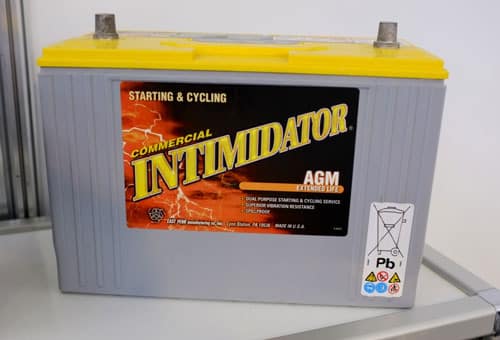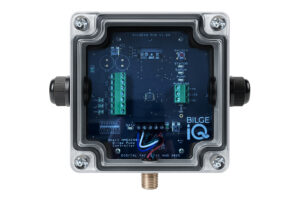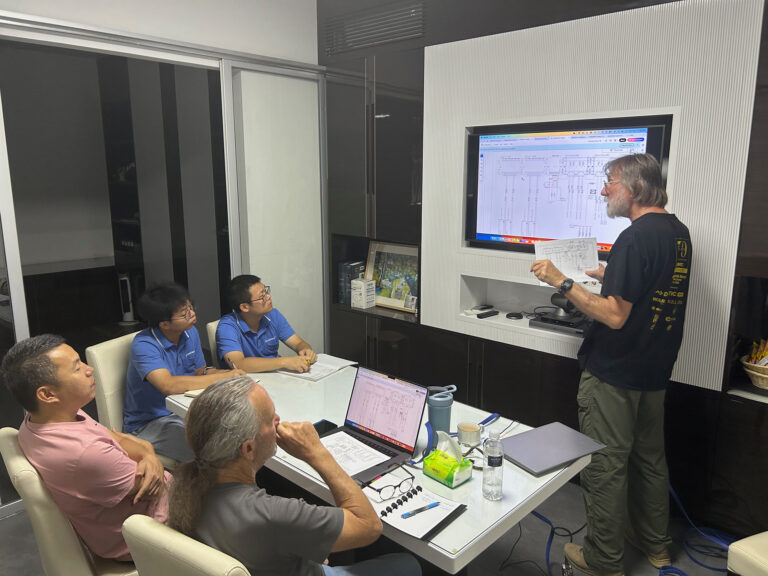
AGM Batteries
Similar to the technical hurdles that lithium-battery technology is facing today, early absorbed glass mat sealed batteries, also known as valve-regulated lead acid batteries, had some well-chronicled problems with overheating and related failures. It’s important to realize that sealed batteries are in fact able to vent if excess pressure builds up inside the case due to overcharging. Typically, a small valve is set to open at between 1 and 3 p.s.i., and the battery vents off the excess pressure. This explains why the U.S. Coast Guard and the American Boat & Yacht Council offer no special exceptions for using “sealed” batteries in terms of ventilation requirements for battery-storage areas on boats.
When a battery vents, it’s losing water from its electrolyte mix. If it loses enough water over time, and because it can’t be replenished as a maintenance procedure, there’s a risk that the battery will eventually dry out. This was one of the primary issues contributing to the thermal-runaway incidents experienced with the earliest A.G.M. batteries. The early battery designs employed either lead calcium or lead antimony grid-and-plate arrangements that weren’t as effective as current pure lead tin designs at minimizing the gassing effect caused by rapid or fast charging of the batteries.
_ Read more about new electricity-storage technology.
_








